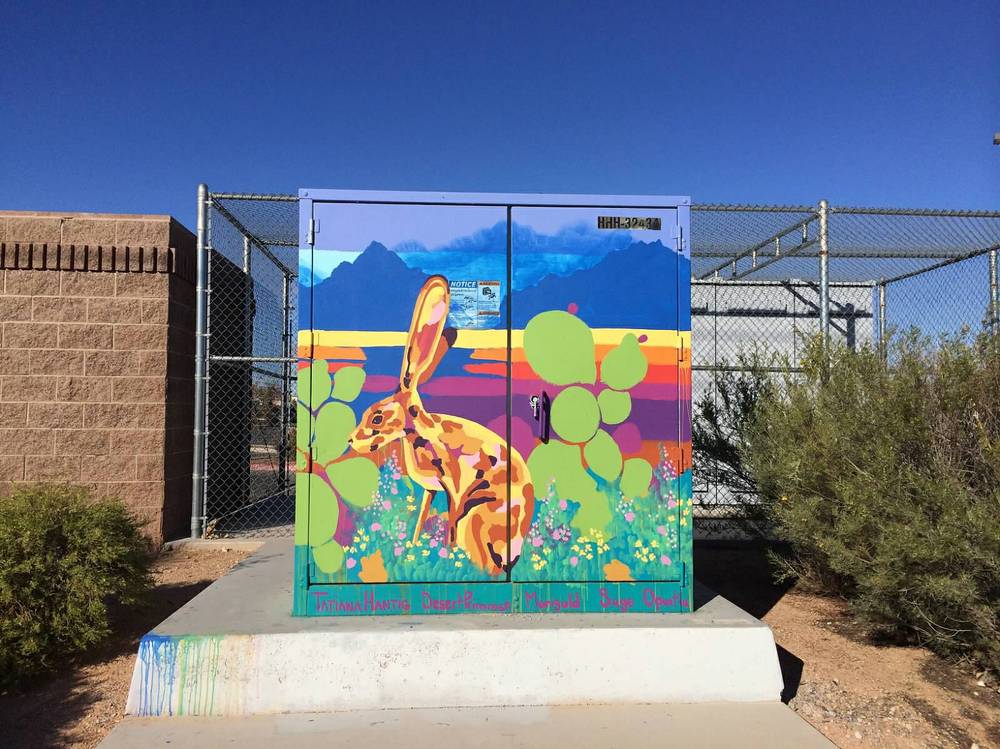Less than a year after becoming Clark County’s new inaugural public art coordinator, Denise Duarte stepped down last month, surprising considering she came loaded with experience and expertise. But when Patrick Gaffey, the county’s cultural program supervisor, explained to colleagues and other inquirers that her decision came out of frustration with the county’s slow-moving bureaucracy, the response, he says, came with an understanding nod.
Public art is public in every sense—public money, public employees, committees, subcommittees, documents and meetings, local, state and federal policies and multiple departments within the web of government vetting the process. Even a call for artists is a legal document that must be thoroughly examined. Streamlining is out of the question, especially for a new program.
For Duarte, an artist and activist who has a corporate background—where, she says, “productivity and efficiency is highly prized”—the county wasn’t the best fit, particularly because, she adds, she didn’t have the authority to match the responsibilities she was given. “The work itself was wonderful. I had great visions for the future. Everyone said I had made great strides. But by my own yardstick, it did not meet my personal expectations.”
And so slogs forward the journey of public art in the county at a pace that Gaffey understands. He spent seven years navigating the many roadblocks of the art and design enhancements of the Flamingo Arroyo Trail and, before that, more than 15 years trying to drum up interest in a countywide program. It’s now been two years since the county approved funding for the program, and Gaffey says the turnover of its first administrator is a small hiccup. Several applicants had filed for the position by last Friday’s deadline.
With or without Duarte, Gaffey says, “Things are going to move along at a pretty slow rate, but pretty soon we’re going to start seeing art.” With public money and the launch of a new program, he adds, caution is necessary: “If we’re spending public money we have to account for every penny.”
And it’s not as if Duarte’s time there wasn’t productive. She wrote the grant awarded to the Maryland Parkway project from the National Endowment for the Arts. The $50,000 “Our Town” grant, matched by local in-kind and financial contributions, will go to assembling a team charged with developing a master plan for the art program on the parkway.
“We hired the right person,” Gaffey says of Duarte, who has an MFA in community arts from the Maryland Institute College of Art. “She really got the program off to a great start. This is a huge job. She was assembling a catalog of all of the art the county already owns, which had never been done, analyzing what shape the work is in and what needs to be repaired. And she was trying to get the public art program off the ground.”







